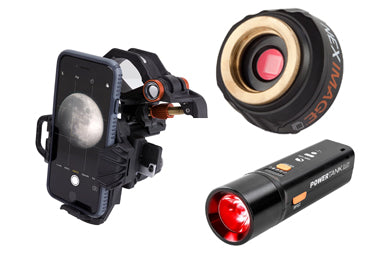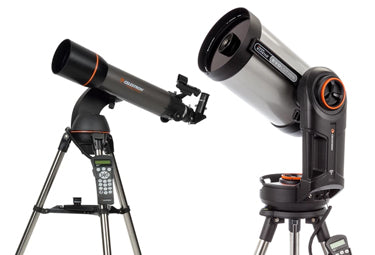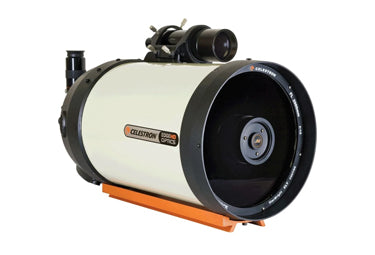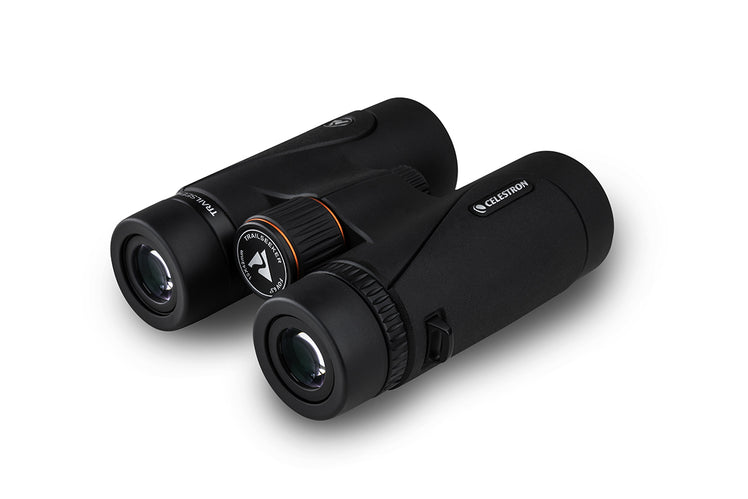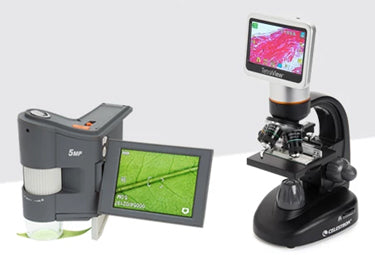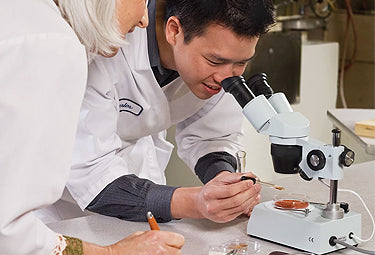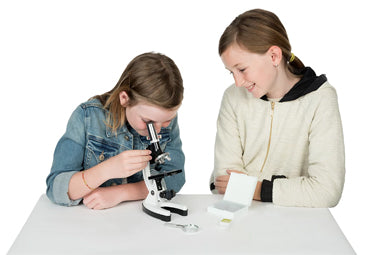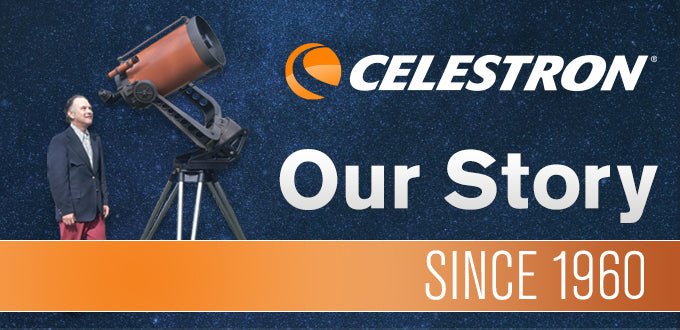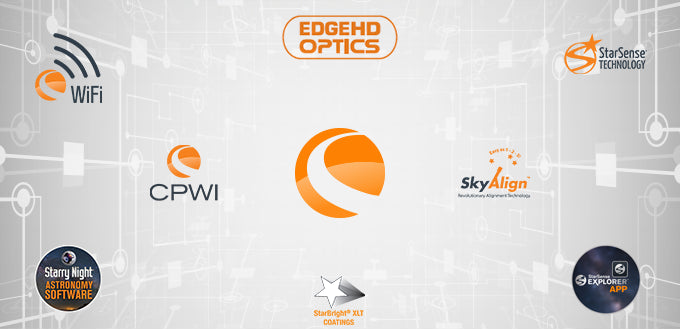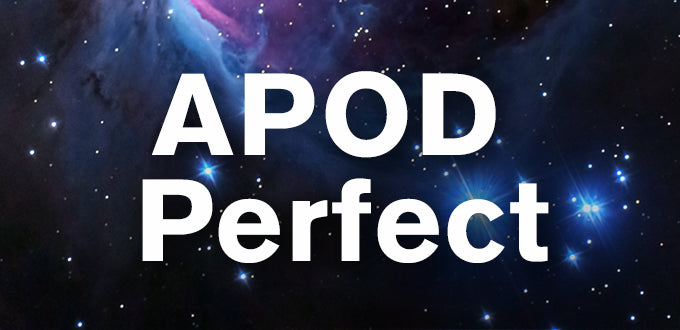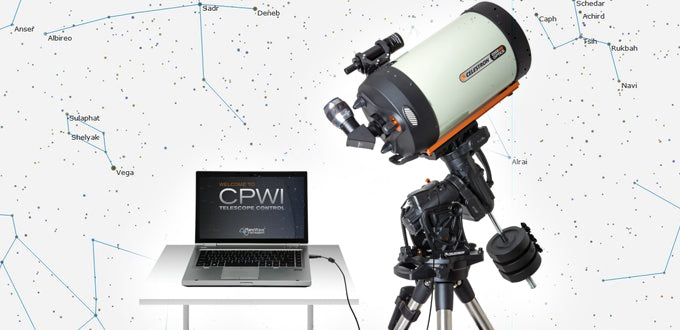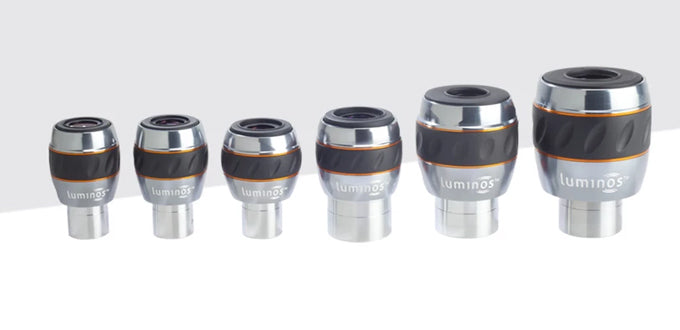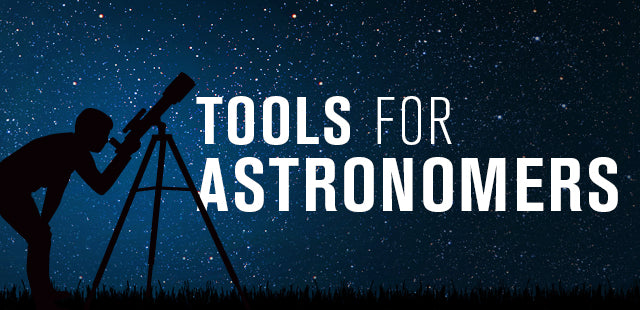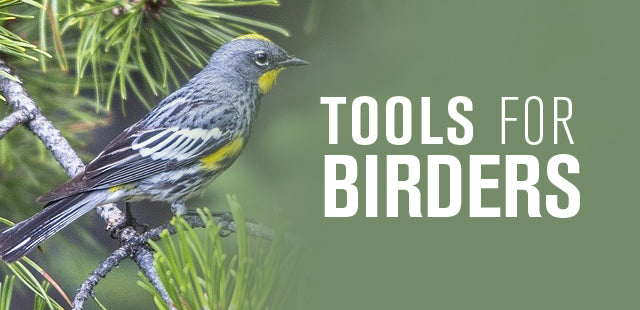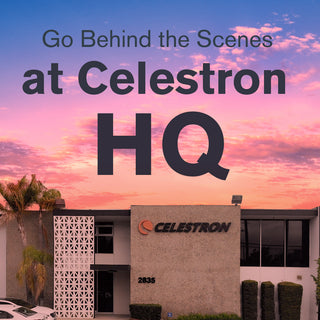My Journey into AstroImaging: Taking the Dive
March 22, 2022

As I flip through the latest astronomy-related magazine or scroll my social media feed, I often find myself mesmerized by beautiful images of colorful nebulae, star clusters, and galaxies. The Orion Nebula appears like a swirling gas cloud of purple and red hues, while the Horsehead Nebula gallops in a darkened red sea of stars.
Over the years, I’ve noticed that a growing number of imagers capturing these stunning shots are amateurs—some of them relatively new to the hobby. But you wouldn’t know it from their work, much of which seems “too good” to have been taken at the amateur level.
Although I am always in awe, I must admit that I am also quite envious. I find myself asking, “How can a middle-aged dreamer like me—a visual observer since childhood with average computer skills—produce anything close to what others are creating?” Sure, I’ve taken lunar images by holding my smartphone’s camera lens up to a telescope’s eyepiece. I’ve even dabbled in planetary imaging and captured decent images of the Great Red Spot on Jupiter and the Cassini Division in Saturn’s famous rings. But there’s so much more of the Universe to explore, namely deep-sky objects.

After watching a few YouTube videos of experienced astroimagers sharing their tips, I quickly grew frustrated. Maybe it was my short attention span. Or maybe I just wasn’t hip to all the abbreviations and jargon these experts used. Whatever the reason, I sat there bewildered, struggling to keep up.
I longed for someone to show me the ropes, be patient, and break down the most complicated concepts step by step. Luckily, a master astroimager agreed to take me under his wing and teach me the basics of deep-sky imaging using my own imaging rig. What an opportunity! As soon as I began my journey, I knew I wanted to share it with all my friends via a blog series. My goal is to create a straightforward guide that any new imager can follow.
It will be a gradual process, as my mentor and I juggle work and family responsibilities with our passion for imaging. We plan to cover equipment setup, software, guiding, data acquisition, stacking, and processing.
If you’re interested in becoming a deep-sky imager yourself, or you’re just curious about the hobby, I invite you to follow along with this blog series. For us visual observers, deep-sky imaging is a whole new ballgame! I already know that there will be plenty of trial and error. But the reward of producing images that I am proud to show off on social media is within my grasp. Clear skies, and good luck to us all!

